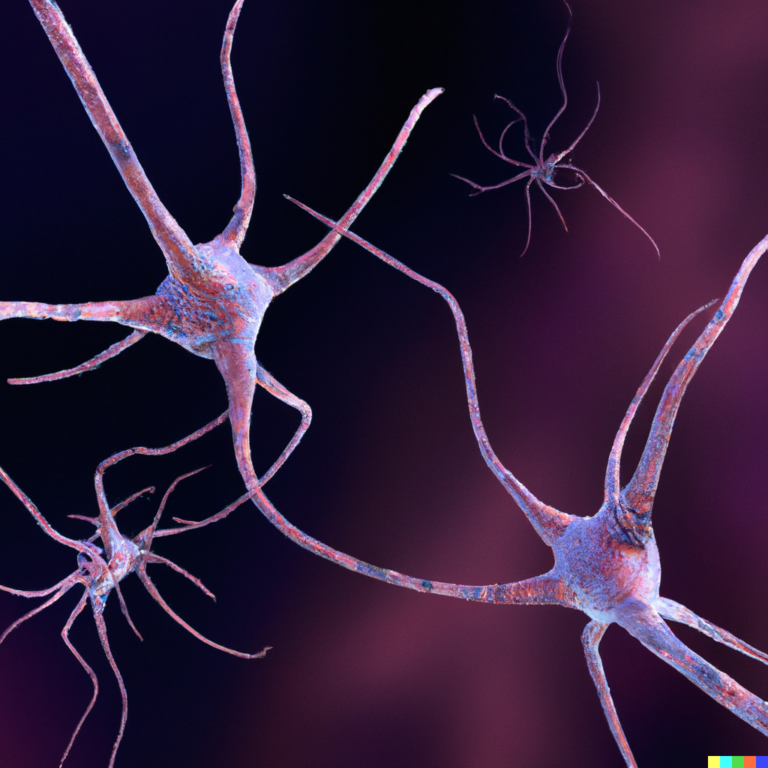As we age, our bodies go through many changes, both physical and mental. One of the most common changes associated with aging is the development of Alzheimer’s disease. This debilitating condition affects millions of people worldwide and is characterized by a decline in cognitive function, memory loss, and behavioral changes.
While scientists have been studying Alzheimer’s disease for decades, the exact cause of this condition is still unknown. However, recent research has shed light on the role of inflammation in the development and progression of Alzheimer’s disease. In this article, we will take a closer look at what inflammation is, how it relates to Alzheimer’s disease, and the potential implications for treatment and prevention.
What is Inflammation?
Inflammation is a natural response of the body’s immune system to injury or infection. It involves the activation of immune cells, release of chemical signals, and increased blood flow to the affected area. This helps to protect the body by removing harmful stimuli and promoting healing.
However, when inflammation becomes chronic or prolonged, it can lead to damage to tissues and organs. Chronic inflammation has been linked to many diseases, including heart disease, diabetes, and now, Alzheimer’s disease.
Inflammation and Alzheimer’s Disease
It has long been observed that the brains of individuals with Alzheimer’s disease have higher levels of inflammation compared to those without the condition. This led researchers to investigate whether there is a direct link between inflammation and the development of Alzheimer’s disease.
One theory suggests that chronic inflammation may contribute to the buildup of amyloid plaques in the brain. These plaques are a hallmark characteristic of Alzheimer’s disease and are thought to play a role in the death of brain cells.
Inflammation may also contribute to the formation of another hallmark feature of Alzheimer’s disease: neurofibrillary tangles. These tangles are made up of abnormal proteins that can disrupt communication between brain cells and lead to their death.
Furthermore, studies have shown that inflammation can cause damage to the blood-brain barrier, a protective barrier that regulates the flow of substances in and out of the brain. This damage can allow harmful substances to enter the brain, leading to increased inflammation and further damage.
The Role of Microglia
Microglia are a type of immune cell found in the brain that play a crucial role in protecting the brain from injury and infection. They act as the first line of defense against harmful substances and help to clear out damaged cells and tissues.
However, in Alzheimer’s disease, microglia can become overactive and contribute to chronic inflammation. This can lead to a vicious cycle where inflammation causes more damage, which then triggers more inflammation.
Potential Treatment and Prevention Strategies
The link between inflammation and Alzheimer’s disease has opened up new avenues for potential treatment and prevention strategies. One approach is to target the immune system and reduce inflammation in the brain.
Anti-inflammatory drugs, such as nonsteroidal anti-inflammatory drugs (NSAIDs), have been studied for their potential to slow down or prevent the progression of Alzheimer’s disease. While some studies have shown promising results, others have not been as conclusive. Additionally, these drugs can come with side effects and may not be suitable for everyone.
Another approach is to target specific inflammatory pathways in the brain. Researchers have identified specific molecules involved in chronic inflammation that could be potential targets for drugs.
Additionally, lifestyle changes such as regular exercise, a healthy diet, and managing stress have been shown to decrease inflammation in the body. These lifestyle changes may also have a positive effect on brain health and could potentially reduce the risk of developing Alzheimer’s disease.
Conclusion
Inflammation has emerged as a key player in the development and progression of Alzheimer’s disease. Chronic inflammation in the brain can contribute to the formation of amyloid plaques and neurofibrillary tangles, leading to damage and death of brain cells.
While there is still much to be learned about the role of inflammation in Alzheimer’s disease, the link between the two has opened up new possibilities for potential treatments and prevention strategies. By targeting the immune system and reducing inflammation in the brain, we may be able to slow down or even prevent the progression of this devastating disease. Further research is needed to fully understand the complex relationship between inflammation and Alzheimer’s disease, but these findings provide hope for a future with better treatments and hopefully a cure.





